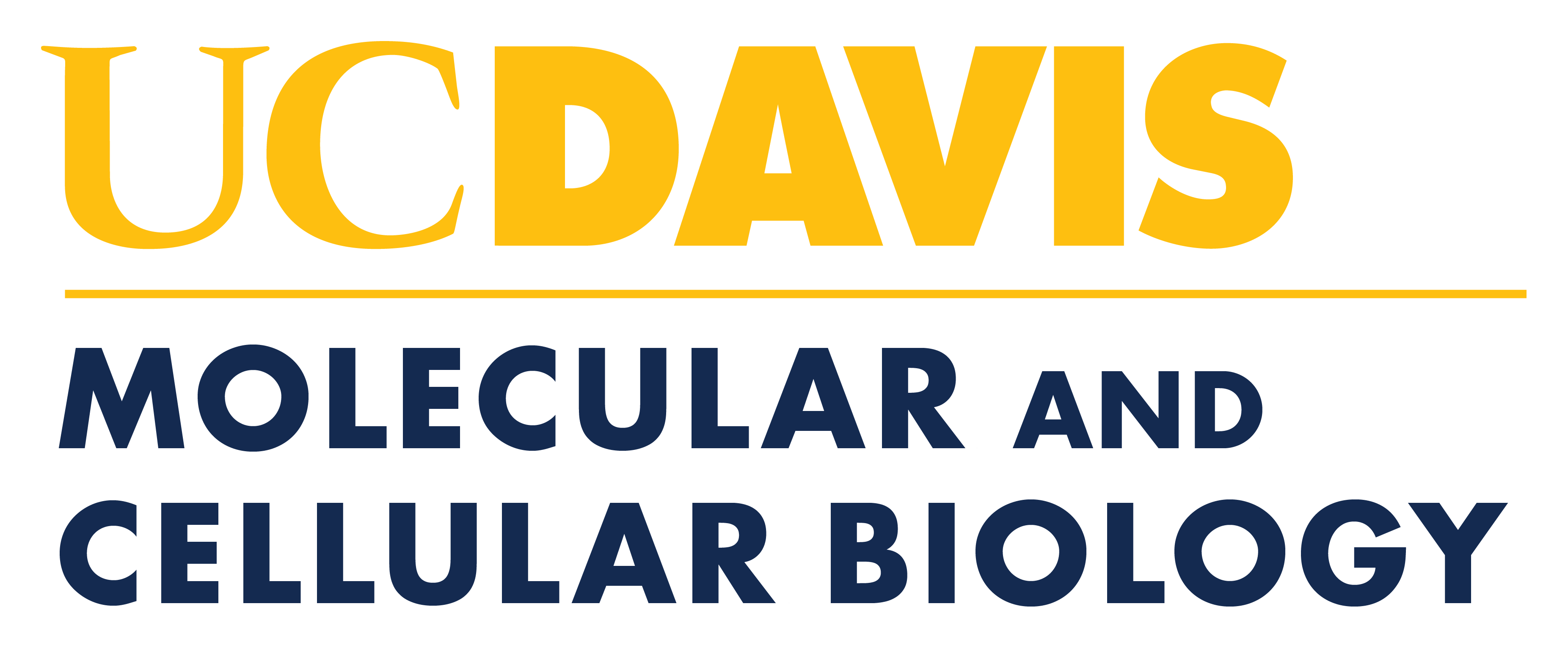
When Plants Step Out of the Shadows
John Clark Lagarias’ research has implications for agriculture
A flowering plant might not be able to tell how many fingers you’re holding up, but it can tell whether it’s light or dark outside and might grow differently if it suddenly finds itself in the shade of another plant.
Plants do that through photoreceptors, which are a major focus of research for John Clark Lagarias, a distinguished professor emeritus of molecular and cellular biology.
Photoreceptors have important uses, like measuring the length of the day; plants can tell when seasons change because the days get longer or shorter.
“Plants use that cue to decide whether they’re going to flower or leaf out as the days gets longer … or flower as fall approaches and they’re trying to beat the winter and set seed,” he said.
Lagarias was elected to the National Academy of Sciences in 2001 and is quick to attribute much of his success to having world-class experts down the hall. But his work has major implications for the agriculture industry and beyond, and in 2017 earned him recognition from the American Society of Plant Biologists.
Read the full article here.
